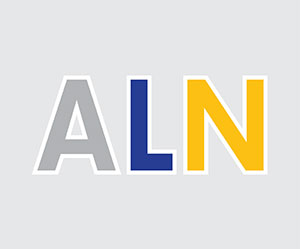Cosa si dice in USA dell’acqua Ferrarelle
Ferrarelle Italian Mineral Water – Old and Good for You?
Waters bottled “at the source” have a certain cachet. Depending on the geologic characteristics of the region, the depth of the well or spring, etc., they can pick up varying mineral content and flavors and may have been underground for thousands of years. But like any other water, they still contain the same hydrogen and oxygen atoms that have been around for millions of years, cycling through the oceans, atmosphere and earth over and over, so none is really “older.
Ferrarelle Spring Water is naturally sparkling (apparently the only one in Italy) from traveling through carbonatic rock in an extinct volcano. It comes out of a park near Naples and is one of the top brands of bottled water in Italy, where people seem to drink an inordinate amount of bottled water, despite having good tap water.
Its long history is complete with Romans soaking in hot baths of the stuff, a late-19th-century resort with “healing” waters, and the current business, started in 1893, which originally promoted the water as a health tonic.
Since 2009 it has been sold in the US – and with thousands of brands of bottled water out there – it’s a competitive market to say the least. A smoother/softer taste and texture from the natural minerality and smaller bubbles makes it a good option for those who don’t care for overly/artifically carbonated water, and as a mixer with (and diluter of) juices. It pairs well with savory foods and has a clean finish, making it an effective palate cleanser for food and wine, and in fact it is often served at wine tastings (especially Italian).
On to its nutritional properties: The mineral content is promoted in reference to various health claims. But while the US nutrition label shows 10% DV for calcium, the ppm table shows only 365 (per liter).
Since a US serving of water is 8 fl oz, which is 236.6 ml, the amount of calcium in a “serving” is actually 8% DV (86.4 mg per cup, which is 8.6% of the DV of 1000mg, which gets rounded to the nearest 2%, which would be 8%, not 10%).
Not quite a “good source” (required for any claims to be made), but still significantly higher than most bottled or tap water. Again, this is due to the geology of the source. If you drink more than 1 cup, obviously your calcium intake will increase. A cup of milk contains 30% DV for calcium, as do fortified soy and other non-dairy “milks.”
To sweeten the deal for the eco-aware, Ferrarelle comes in glass instead of PET/plastic, and the bottling plant is solar powered. Getting those bottles to the US is another matter, though.
Font: Carol Harvey has been a nutrition labeling and product development consultant for over 15 years. She can be reached at palatemail [AT] yahoo [DOT] com.
This is a guest blog post by Carol Harvey, Director of food/nutrition labeling and product development at Palate Works.
http://blog.fooducate.com/2013/03/08/ferrarelle-italian-mineral-water-old-and-good-for-you/
















